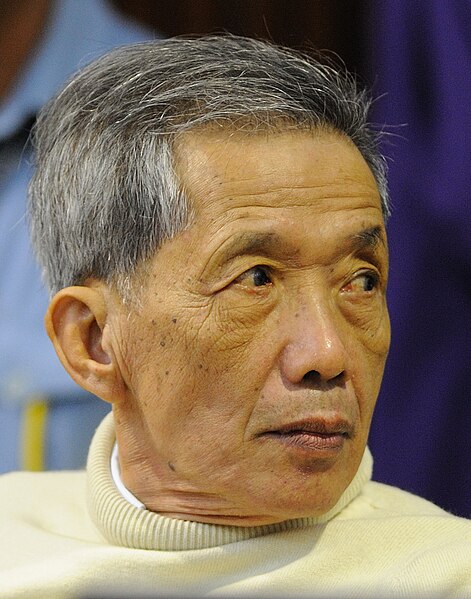The Third Indochina War was a series of interconnected armed conflicts, mainly among the various communist factions over strategic influence in Indochina after Communist victory in South Vietnam, Laos, and Cambodia in 1975. The conflict primarily started due to continued raids and incursions by the Khmer Rouge into Vietnamese territory that they sought to retake. These incursions would result in the Cambodian–Vietnamese War in which the newly unified Vietnam overthrew the Pol Pot regime and the Khmer Rouge, in turn ending the Cambodian genocide. Vietnam had installed a government led by many opponents of Pol Pot, most notably Hun Sen, a former Khmer Rouge commander. This led to Vietnam's occupation of Cambodia for over a decade. The Vietnamese push to completely destroy the Khmer Rouge led to them conducting border raids in Thailand against those who had provided sanctuary.

The Khmer Rouge killed between 1.6 and 1.8 million Cambodians during the Cambodian Genocide. The Khmer Rouge also invaded Ba Chúc, Vietnam and massacred 3,157 Vietnamese civilians, which prompted Vietnam to invade Cambodia and overthrow the regime.
Kampuchea, officially Democratic Kampuchea (DK) from 1976 onward, was the Cambodian state from 1975 to 1979, under the totalitarian dictatorship of Pol Pot and the Communist Party of Kampuchea (CPK), commonly known as the Khmer Rouge (KR). It was established following the Khmer Rouge's capture of the capital Phnom Penh, effectively ending the United States-backed Khmer Republic of Lon Nol. After Vietnam took Phnom Penh in 1979, it was disestablished in 1982 with the creation of the CGDK in its place.
Remains of victims of the Khmer Rouge in the Kampong Trach Cave, Kiry Seila Hills, Rung Tik (Water Cave) or Rung Khmao (Dead Cave).
Skulls of Genocide victims
Kang Kek Iew (Kaing Guek Eav or Duch) before the Extraordinary Chambers in the Courts of Cambodia
Pol Pot meeting with Romanian Marxist leader Nicolae Ceaușescu during the latter's visit to Cambodia in 1978





